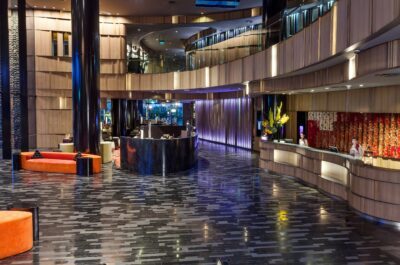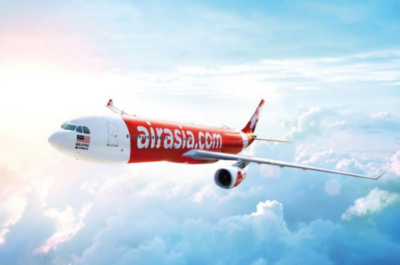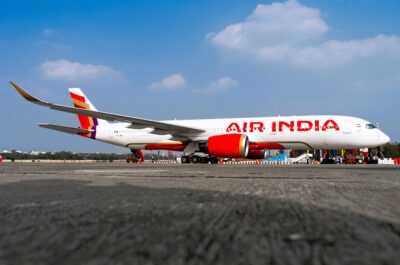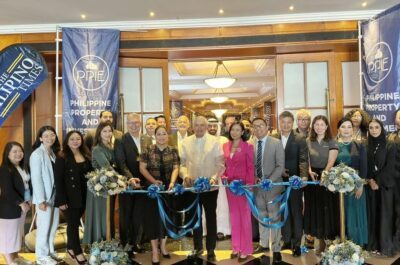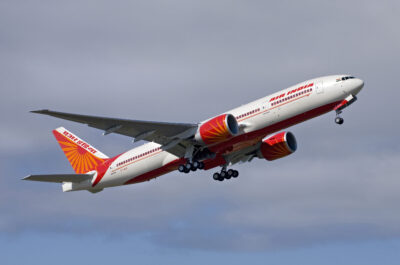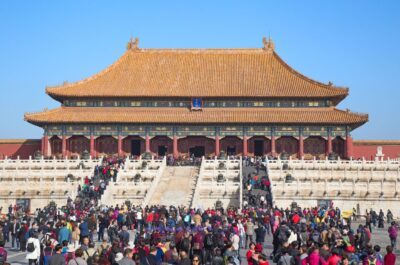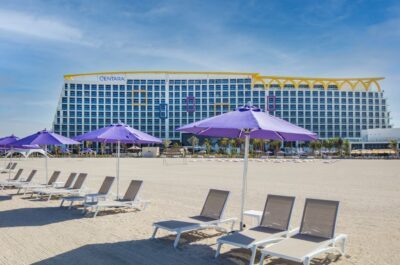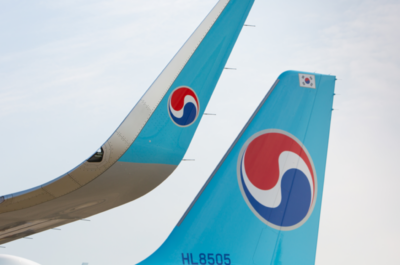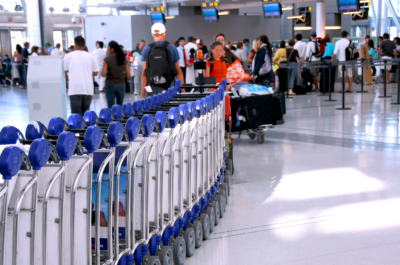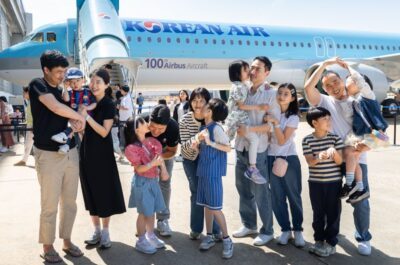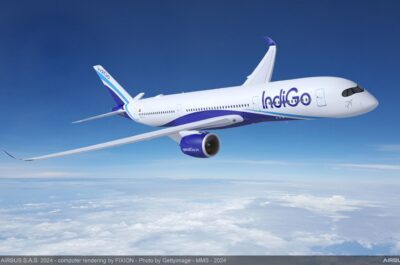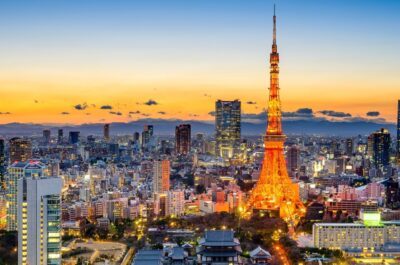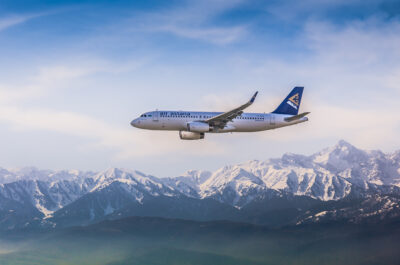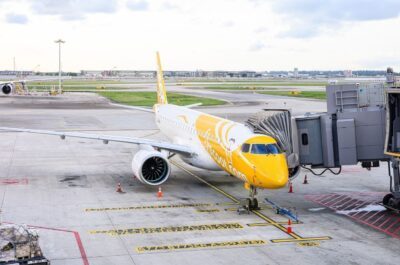The number of Koreans travelling abroad passed the 10 million mark for the first time in 2005, growing at a rate of 14.2% for the year. The upturn helped drive arrivals figures to new heights in…
The number of Koreans travelling abroad passed the 10 million mark for the first time in 2005, growing at a rate of 14.2% for the year. The upturn helped drive arrivals figures to new heights in popular Korean destinations such as China (PRC), Japan and the USA.
The outbound surge was particularly strong in the Korean summer with more than one million Koreans travelling abroad in both July and August, the country`s peak outbound season.
The 2005 statistics just released from the Pacific Asia Travel Association (PATA) and the Korea Tourism Organization show that:
- The most popular destination regions were Asia (72.6%), the Americas (8.1%), Europe (5.8%), and the Pacific (4.5%)
- China (PRC) and Japan were the most popular countries, attracting 2.96 million and 1.74 million Koreans respectively. China (PRC) and Japan together captured 51.1% of total Korean outbound
- In Europe, Germany and the UK were first and second most popular destinations with 141,606 and 111,845 arrivals respectively
- Travel for pleasure accounted for 60% of Koreans` trips (business 22.5%)
- The pleasure travel category accounted for 77% of all Koreans` trips to the Pacific; 62% of all trips to Asia; 51.8% of all trips to Europe; and 38% of all trips to the Americas
- More than half (52.4%) were aged 40 years or younger, with a significant number (29.1%) aged 30 years or younger. Koreans over 60 years old only accounted for 9.3% of the total
- Air was easily the most preferred mode of travel with Seoul`s Incheon airport capturing 80.9% of all outbound movements
Korea`s inbound tourism sector is also booming, with 6.02 million arrivals in 2005, up 3.5% on 2004 and passing the six million mark for the first time.
The Korean outbound tourism miracle has been the product of dramatic, and at the time, painful structural reform in the economy following financial collapse in `97-98, said PATA Director-Strategic Intelligence Mr John Koldowski. Over time, as the Korean people`s spending power strengthened, so did their resolve to spend it on overseas experiences, especially in Asia.
Mr Koldowski cited Korea as a strong example of a country that operates by the principle of `total tourism` – a belief that inbound, outbound and domestic tourism delivers a range of socio-cultural benefits, as well as an economic multiplier effect across many sectors of society.
For many years Korea had a reputation for isolation — the `hermit` kingdom, as it was known. Now Korea`s culture, consumption patterns and investments are an integral part of the Asia Pacific success story, he said.
Theodore is the Co-Founder and Managing Editor of TravelDailyNews Media Network; his responsibilities include business development and planning for TravelDailyNews long-term opportunities.



